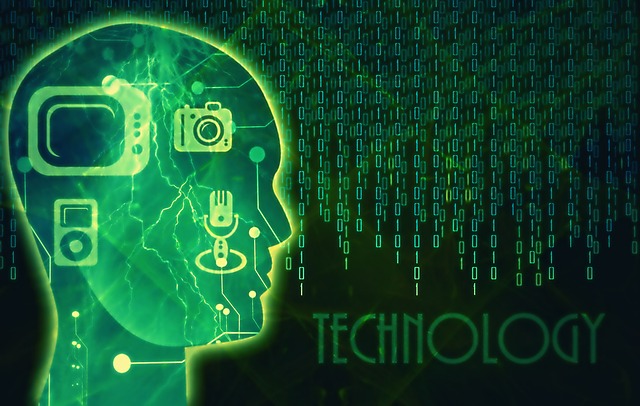The tech sector is likewise witnessing an unprecedented explosion in brain-related technology, both in the amount of dollars invested as well as the variety of novel applications developed—ranging from car-based sensors detecting and minimizing inattentive driving, to virtual reality systems discerning consumer brain responses for yet-to-be-build products, to audio headsets that can detect your mood and adjust music to lift you up.
Relevant patent filings have soared in number — from 800 in 2010 to 1,600 last year. Neurotechnologies—at least those that, being non-invasive, pose few if any negative side-effects—are likely to become ubiquitous, pervasive.
To predict the future, it helps to examine one key leading indicator of tech investment: patent activity.
For example, in 2012, Google filed a patent application for a glucose-sensing contact lens to assist diabetic monitoring of blood sugar levels. A couple of years later, Google presented a prototype of the device and revealed a partnership with biotech leader Novartis to commercialize the smart contact lens.
Neurotechnology patents reveal similar insights. Several years after receiving a patent for biosensing wearable tech to communicate with household devices, Philips announced a proof of concept developed with Accenture for a brain-wave reading headset application to control home televisions and lighting merely by thought. And both Philips and Accenture have been active filing for relevant patents, which suggest in short order we will see an innovative solution that can potentially improve the lives of 400,000+ people suffering from Amyotrophic lateral sclerosis (ALS), the debilitating neurodegenerative condition commonly known as Lou Gehrig’s disease.
Under the radar, brainwave reading technologies are being patented by IT giants such as Microsoft and IBM, trying to create a technological ecosystem that works WITH our brains — rather than AGAINST them. These patents, for example, describe new approaches to improve productivity through techniques like blocking distracting notifications from someone whose brain signals indicate they are highly focused on a particular task.
Our consumption behaviors are also being affected by neurotechnology. Consumer-research behemoth Nielsen has an entire neuroscience division dedicated to measuring consumers at their most fundamental level — their brain activity. Nielsen patents show neurotechnology applications incorporating multidisciplinary approaches with other cutting-edge technologies such as virtual reality systems, and even how these same research approaches could be used to improve home-based healthcare.
Improving Technology, Improving Ourselves
But neurotechnology isn’t just geared towards monitoring brain activity. Significant venture funding and patent activity is being directed at products that can enhance brain functioning through neurocognitive training and through cutting-edge (and not fully tested) magnetic and electrical stimulation devices.
It is High Time for the Digital Revolution and the Human Brain to Meet Each Other
The next phase of the Digital Revolution will bring even more new methods of marrying technology with the creative industries, such as media, fashion, music, entertainment, education, literature, and the arts… This innovation will come from people who are able to link beauty to engineering, humanity to technology, and poetry to processors. In other words, it will come from the spiritual heirs of Ada Lovelace, creators who can flourish, where the arts intersect with the sciences and who have a rebellious sense of wonder that opens them to the beauty of both.

